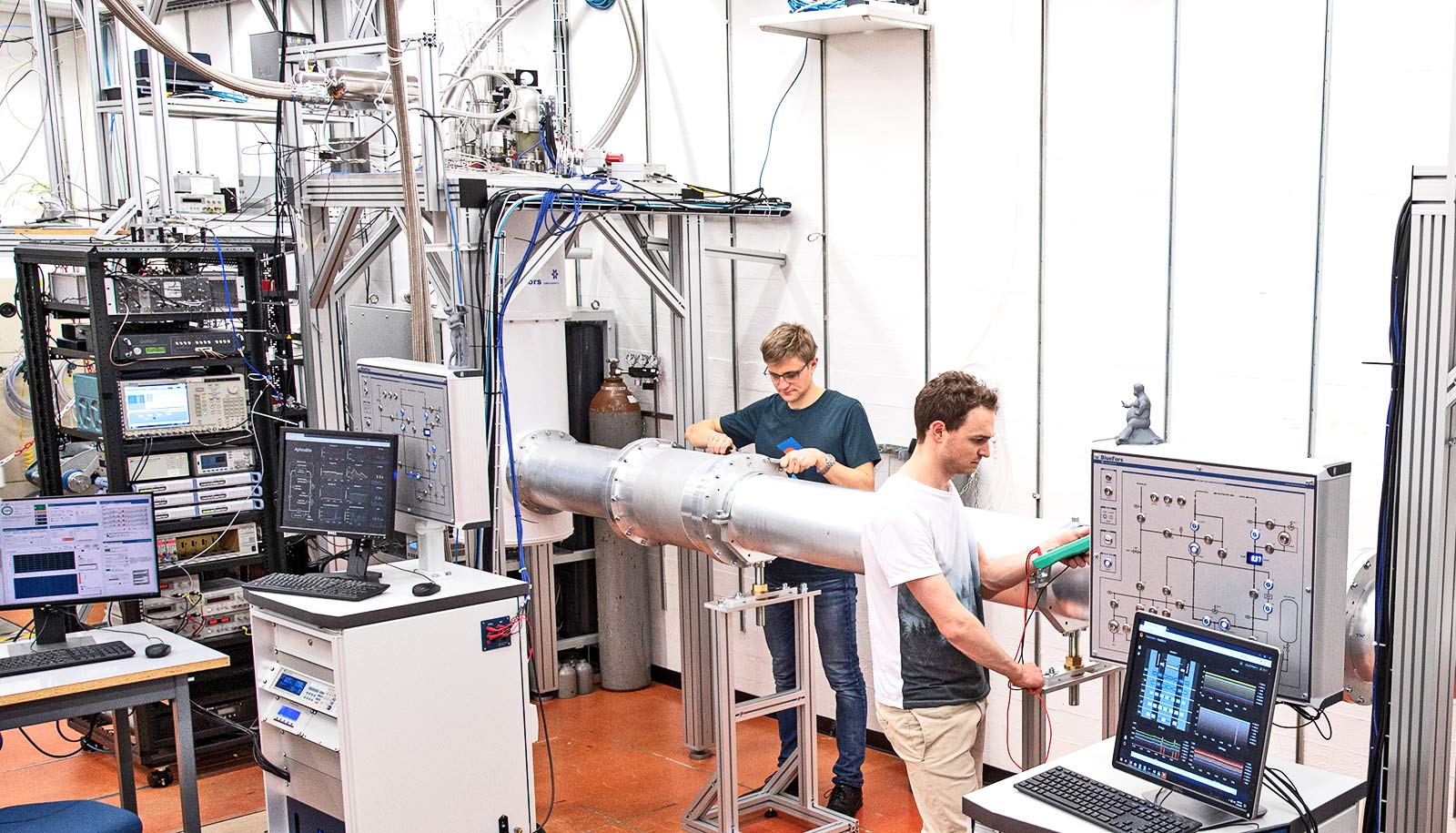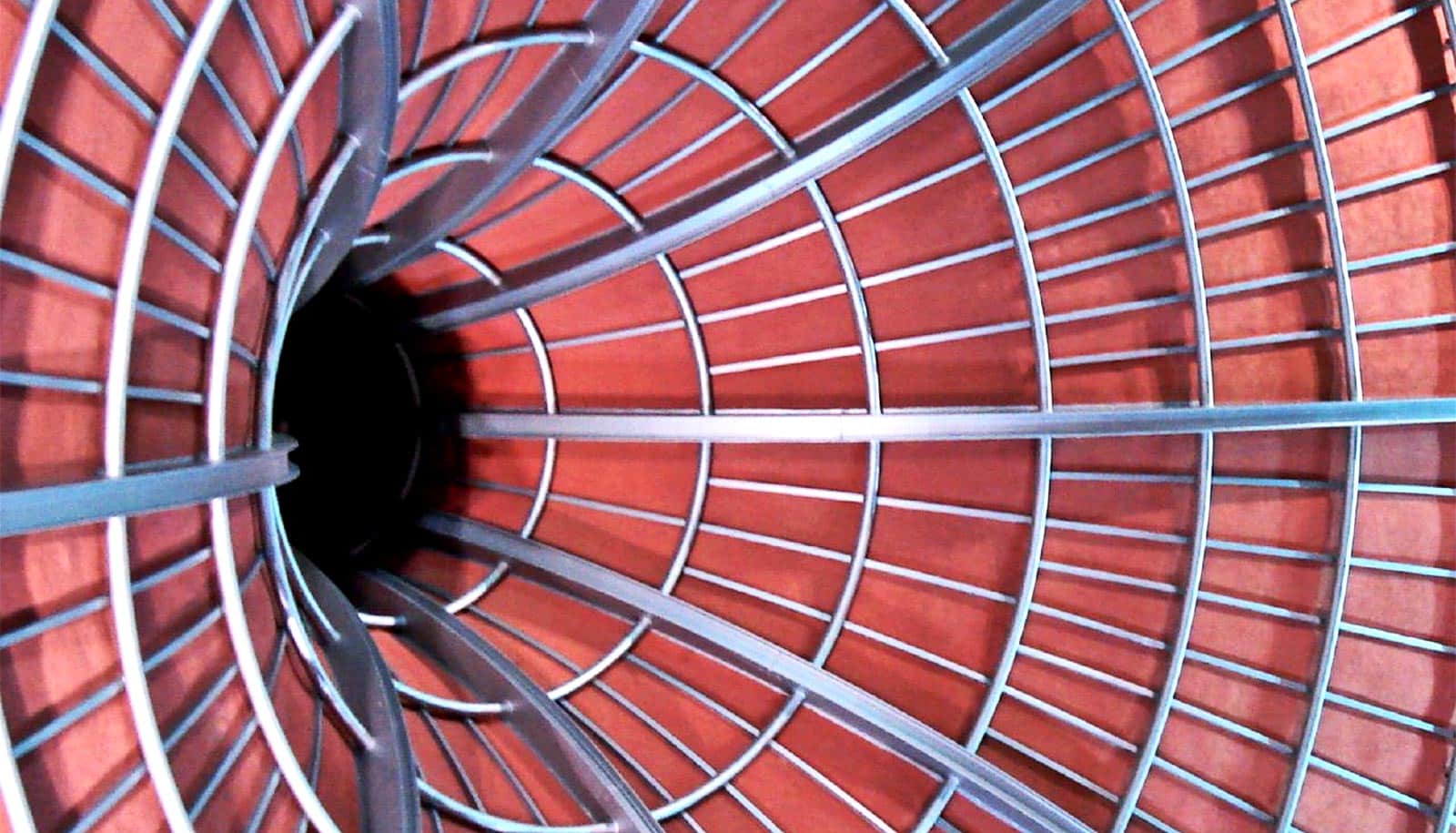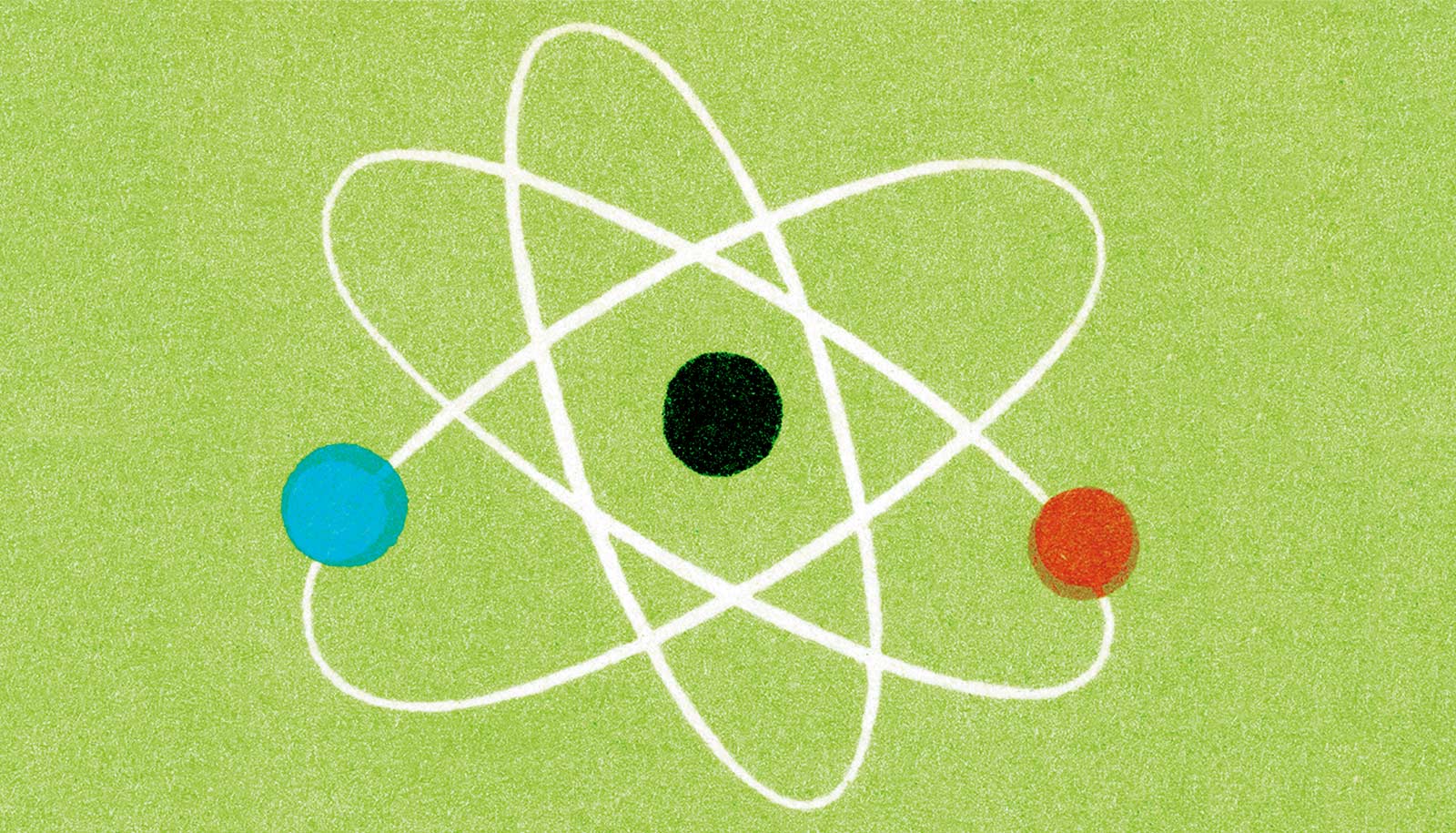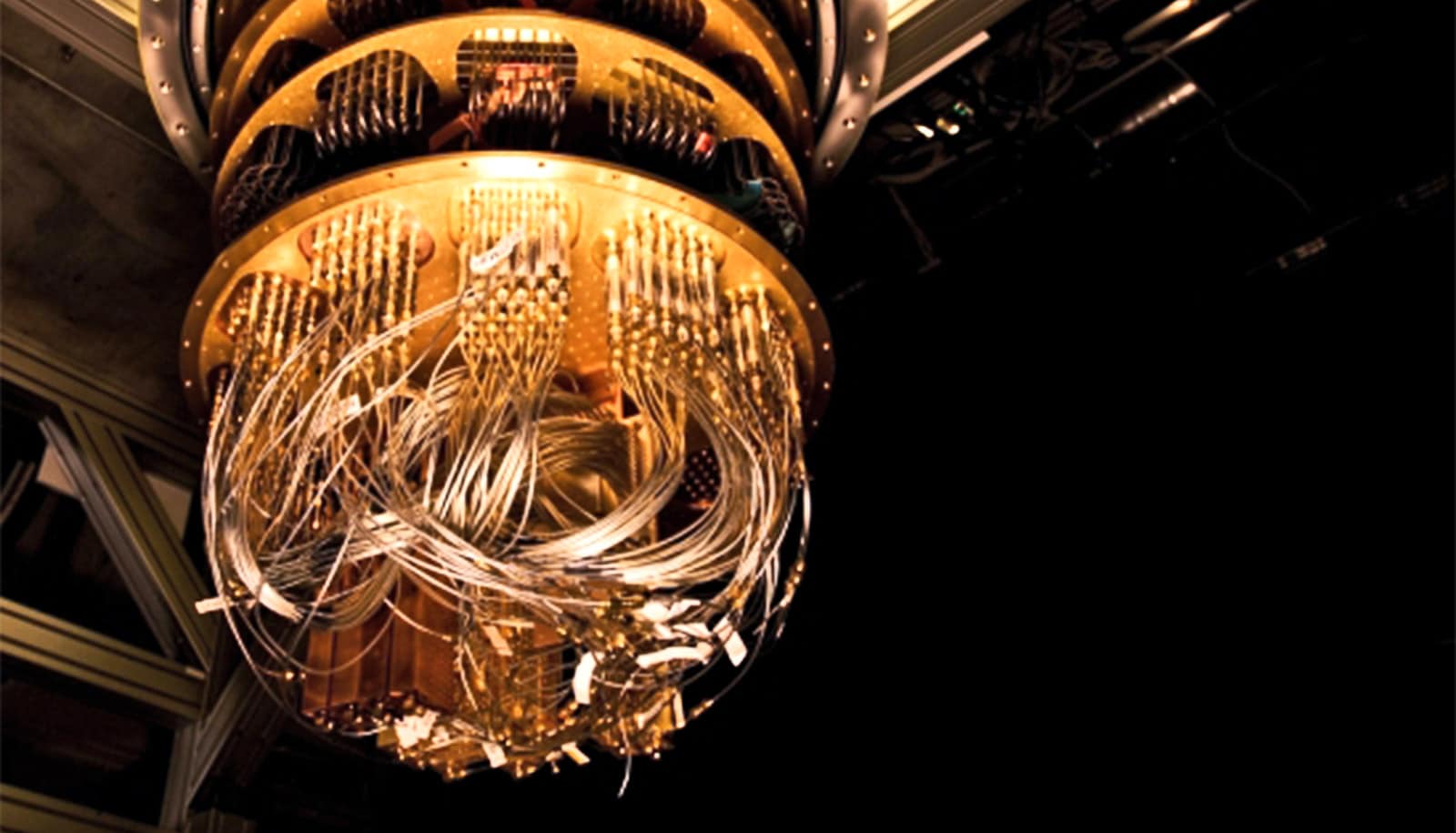Physicists have demonstrated the longest-yet microwave quantum link.
The five-meter (16-foot) link could benefit future quantum computer networks and experiments in basic quantum physics research.
Collaboration is everything—also in the quantum world. To build powerful quantum computers in the future, it will be necessary to connect several smaller computers to form a kind of cluster or local network (LAN). Since those computers work with quantum mechanical superposition states, which contain the logical values “0” and “1” at the same time, the links between them should also be “quantum links.”
Researchers from the ETH Zurich Quantum Device Lab planned to present their results at the annual meeting of the American Physical Society in Denver, which will not take place due to the epidemic situation. Instead, the scientists will report their results at a virtual substitute conference.
“That’s really a milestone for us,” explains professor Andrew Wallraff, “since now we can show that quantum-LANs are possible in principle. In the next 10 to 20 years, quantum computers will probably increasingly rely on them.”
Currently there are computers with a few dozen quantum bits or qubits, but several hundreds of thousands of them are almost impossible to accommodate in existing devices. One reason for this is that qubits based on superconducting electrical oscillators, such as those in the quantum chips in Wallraff’s lab (and those of IBM and Google), need to reach temperatures close to the absolute zero of -273.15 degrees Celsius. This suppresses thermal perturbations that would cause the quantum states to lose their superposition property—called decoherence—and so errors in the quantum calculations to occur.
“The challenge was to connect two of those superconducting quantum chips in such a way as to be able to exchange superposition states between them with minimal decoherence,” says Philipp Kurpiers, a former PhD student in Wallraff’s group. This happens by means of microwave photons that are emitted by one superconducting oscillator and received by another. In between, they fly through a waveguide, which is a metal cavity a few centimeters in width, which also needs to be very cold, so not to influence the quantum states of the photons.
Each of the quantum chips is cooled down over several days in a cryostat (an extremely powerful refrigerator), using compressed and also liquid helium, to a few hundredths of a degree above absolute zero. To that end, the five-meter waveguide that creates the quantum link was equipped with a shell consisting of several layers of copper sheeting. Each of those sheets acts as a heat shield for the different temperature stages of the cryostat: -223 degrees, -269 degrees, -272 degrees, and finally -273.1 degrees. Altogether, those heat shields alone weigh around a quarter of a metric ton, or roughly 550 pounds.
“So, this is definitely not a “table-top” experiment anymore that one can put together on a small workbench,” Wallraff says. ” It’s a kind of mini-CERN that we first had to build over several years in order to be able to do interesting things with it now.”
The physicists at ETH not only showed that the quantum link can be sufficiently cooled down, but also that it can actually be used to reliably transmit quantum information between two quantum chips. To demonstrate this, they created an entangled state between the two chips via the quantum link.
Such entangled states, in which measuring one qubit instantaneously influences the result of a measurement on the other qubit, can also be used for tests in basic quantum research. In those “Bell tests,” the qubits must be far enough apart from each other, so that any information transfer at the speed of light can be ruled out.
While Wallraff and his collaborators are performing experiments with the new link, they have already started working on even longer quantum links. They are now working on a 30-meter quantum link.
Source: ETH Zurich



